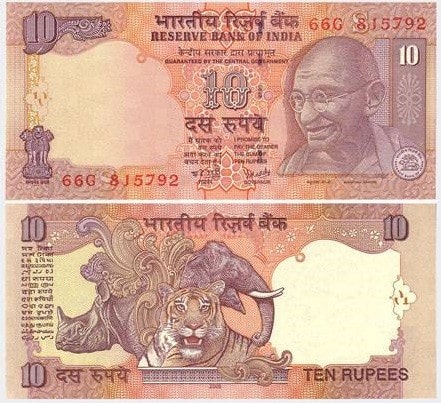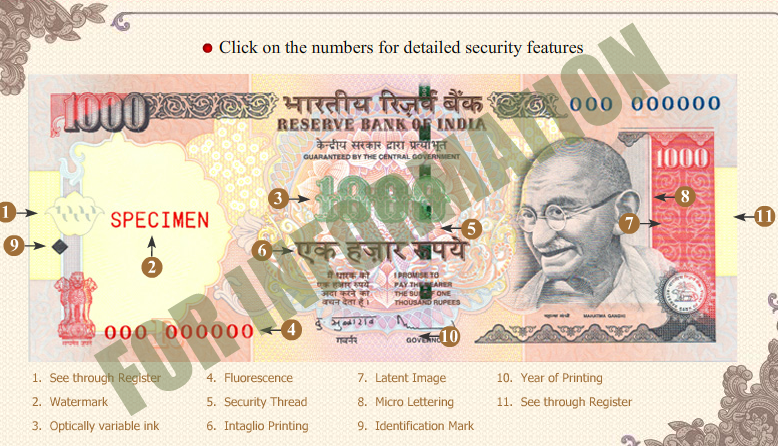

(5) A single print from this edition was given to each of the artists who had contributed to the group exhibition A Homage a Caïssa.
SKETCHPEN FOR FAKE NOTES INDIAN PLUS
The first series of etchings were a limited edition of 50 proofs, printed in black on handmade paper and hand numbered 1/50-50/50 plus ten artist’s proofs (one of which was a gift to the Isaacs). It is an unnumbered artist’s proof, inscribed on the lower left in pencil ‘ epreuve d’artiste,’ dedicated ‘ pour Betty and Jules Isaacs’ in pencil on the lower centre, and signed and dated in pencil on the lower right ‘ Marcel Duchamp/1965.’ This print belongs to a series of etchings engraved after Duchamp’s charcoal drawing, Study for Portrait of Chess Players (1911) (Fig.

3) is indeed a gift from Duchamp to the Isaacs.

(4) While this may have been a gift directly from Duchamp, no dedication appears within it. 2) contains 68 unnumbered items enclosed in a light-green cloth and signed by Marcel Duchamp in blue ball-point pen, characteristic of the edition of 30 boxes assembled by Jacqueline Matisse Monnier in Paris, 1961. Of the various artworks by Duchamp in the bequest, the following can be recorded. (3) Such rarity has caused consternation for those wishing to collect works by the artist who has eclipsed other 20th Century figures as holding the central importance to the history of contemporary art. History would demonstrate that this was an astute and canny move, as unique works by Duchamp were rarely available or in art market circles. This was a clear sign of the museum’s recognition of Marcel Duchamp’s significance and their desire to acquire such works for their collection. The bequest also originally contained a large number of books which found their way into the NAG or other Wellington libraries, or, deemed to be of little value, were otherwise thrown into the rubbish bin.ĭuchamp’s works stand out in relation to the rest, as the entire Bequest was accepted on the basis of the Duchamp articles, as well as the biographical association Betty Isaacs has with New Zealand. The bequest also contains 45 amateur paintings by Julius Isaacs, a small grouping of artworks by the American artist Larry Rivers, and works by two important New Zealand expatriates Frances Hodgkins (NZ/London) and Billy Apple (NZ/London/New York). These were made during Isaacs’ career as a sculptor after graduating from the Cooper Union Art School in 1928. The bequest of Judge Julius Isaacs, as characterized by Betty Isaacs, born in Tasmania, Australia and a one-time New Zealand resident between 18, is an eclectic range of over 80 sculptures, of both carved and cast forms. Betty and Judge Julius Isaacs, who were New York-based friends of Marcel Duchamp. The Duchamp works are the most important items in a gift of over 200 artworks, publications, and articles donated to the museum by the estate of Mrs. (2) All these form part of the bequest of Judge Julius Isaacs to the National Art Gallery of New Zealand (NAG) in 1983. In addition, five 1st edition publications on Marcel Duchamp signed with personal dedications accompany the works. 1961, Paris) and The Chess Players (copperplate etching, artist’s proof, 1965, New York). (1) These works are the BETTY waistcoat (1961, New York), The Box in a Valise, (Edition D. This essay will also draw (preliminary) conclusions about the significance of this process, both in terms of the new light shed on the fate of Duchamp’s work, and of the reception of this work outside the centers of art practice. Moreover this essay exposes how this process, despite the diligence of Duchamp scholarship, led to the virtual disappearance of these works from the record. The following account demonstrates how two New York-based friends of Duchamp, Judge Julius Isaacs, and Betty Isaacs (Fig. In 1983, three works by Marcel Duchamp found their way into the collection of the Museum of New Zealand Te Papa Tongarewa (Te Papa, Wellington, New Zealand).


 0 kommentar(er)
0 kommentar(er)
